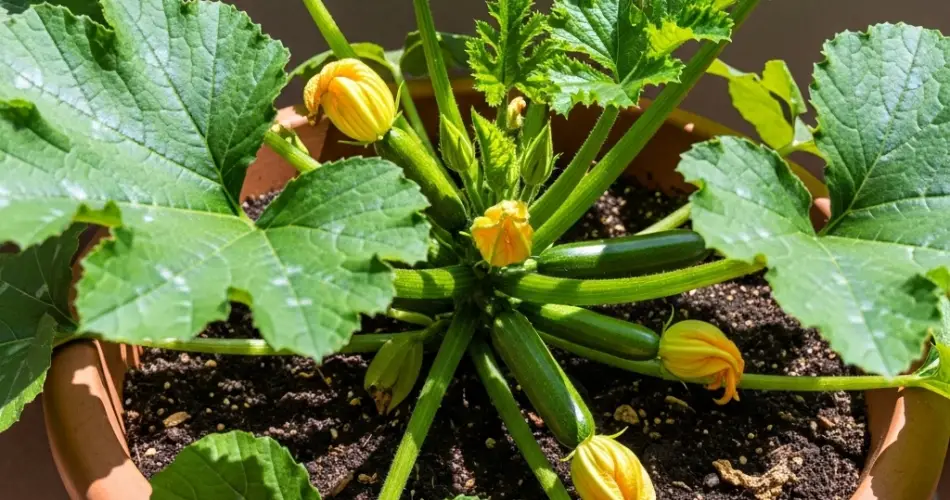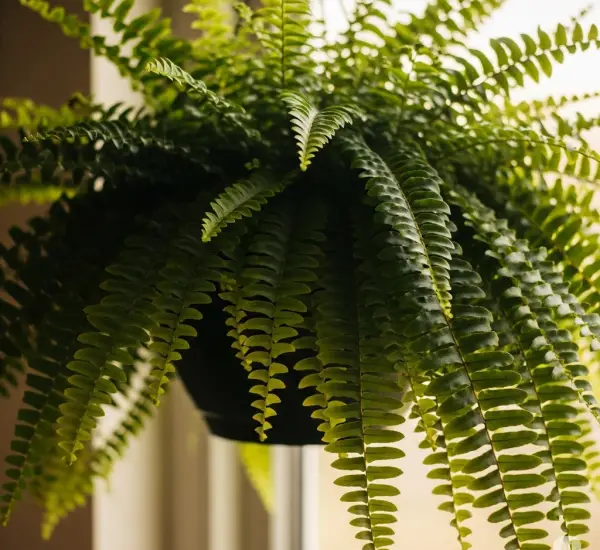Zucchini is one of the easiest and most productive vegetables you can grow at home. Even if you don’t have a large garden, zucchini thrives in pots with the right care and conditions. Growing zucchini in containers is perfect for patios, balconies, or small urban spaces—and it rewards you with a continuous supply of fresh, flavorful vegetables throughout the season.
Here’s how to grow zucchini in pots for a bountiful harvest of delicious, homegrown food.
Why Grow Zucchini in Pots?
Zucchini plants are vigorous growers that can spread widely in the garden. But when grown in pots, they become more manageable and easier to care for. Container growing also helps you control soil quality, prevent pests and diseases from spreading, and move the plant to sunnier spots when needed.
Zucchini grows fast—within 45 to 60 days from planting, you can start harvesting. With a few healthy plants, you’ll have more than enough for grilling, baking, sautéing, or spiralizing into noodles.
Choosing the Right Pot
Zucchini plants need space to grow healthy roots and develop large leaves. Choose a container that’s at least 18 inches in diameter and 12–16 inches deep. It’s important that the pot has good drainage holes at the bottom to prevent root rot.
Plastic, ceramic, or fabric pots all work well, but make sure your container can hold enough soil to support the plant’s rapid growth. You can also use grow bags as a lightweight, flexible alternative.
Best Soil for Zucchini
Zucchini thrives in rich, well-draining soil. Use a high-quality vegetable potting mix that contains compost or organic matter. You can also make your own mix by combining:
-
2 parts potting soil
-
1 part compost or aged manure
-
1 part perlite or coconut coir for drainage
The ideal pH for zucchini is between 6.0 and 7.0. Before planting, fill the pot almost to the top, leaving 1–2 inches of space below the rim for easy watering.
Selecting the Right Variety
While most zucchini varieties can be grown in containers, bush-type varieties are ideal because they take up less space than trailing or vining types. Some great compact varieties include:
-
Black Beauty: Classic, productive, and container-friendly
-
Raven: Small plants with dark green, flavorful fruit
-
Eight Ball: Produces round zucchini, perfect for stuffing
Check seed packets or plant labels for space-saving or patio-suitable notes.
Planting Zucchini in Pots
Zucchini can be started from seeds or transplants. If using seeds, plant 2–3 seeds in the center of the pot about 1 inch deep. Once the seedlings sprout and grow their first set of true leaves, thin them down to the strongest single plant.
If using a nursery transplant, simply plant it into the soil at the same depth it was in its original pot, and firm the soil gently around the base.
Keep the soil consistently moist, but not soggy. Water deeply when the top inch of soil feels dry.
Light and Temperature Needs
Zucchini loves sunlight. Place the pot in a spot that gets at least 6–8 hours of direct sunlight daily. If you’re growing on a balcony or windowsill with limited sun, consider using a grow light to supplement natural light.
The ideal temperature for zucchini is between 70–90°F (21–32°C). Protect the plant from chilly drafts or cold nights by bringing it indoors if necessary, especially early in the season.
Supporting Your Plant
Though bush zucchini varieties are more compact, the plant can still grow large and produce heavy fruits. Use a tomato cage or small trellis to help support the plant and keep fruits off the soil. This improves airflow and reduces the risk of disease.
Removing lower leaves that touch the soil also helps prevent mildew or fungal issues.
Feeding and Fertilizing
Zucchini is a heavy feeder. Once flowers begin to appear, start applying a balanced liquid fertilizer every 2–3 weeks. Choose a fertilizer rich in phosphorus and potassium to support flowering and fruit development.
Avoid excessive nitrogen, which can cause large leaves but few fruits.
Pollination Tips
Zucchini plants produce both male and female flowers. If you’re growing indoors or in an area with few pollinators, you may need to hand-pollinate. Use a small paintbrush or cotton swab to transfer pollen from a male flower (thin stem) to the center of a female flower (which has a tiny fruit at the base).
This will ensure proper fruit formation and improve your yields.
Harvesting Your Zucchini
Zucchini is best harvested when it’s 6–8 inches long, while still tender and flavorful. Don’t wait too long—overgrown zucchini can become seedy and tough. Use a clean knife or scissors to cut the fruit at the base.
Regular harvesting encourages the plant to produce more fruit, so check your plant every couple of days.
Final Thoughts
Growing zucchini in pots is a simple and rewarding way to enjoy fresh, nutritious vegetables straight from your patio or windowsill. With just a bit of space, the right container, and consistent care, you’ll enjoy weeks of delicious harvests. Whether you sauté it, grill it, or bake it into bread, there’s nothing quite like the taste of homegrown zucchini.



